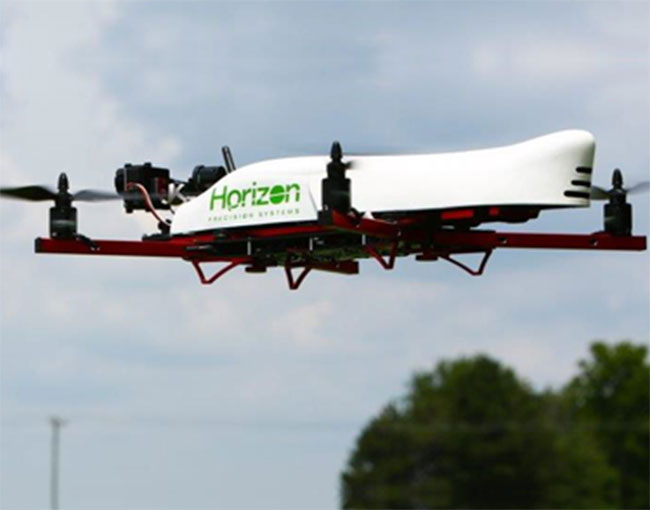After a multi-year fight over its $10,000 civil penalty against a drone pilot, the Federal Aviation Administration (“FAA”) settled with Raphael Pirker for $1,100 in connection with his operation of an unmanned aircraft system (“UAS,” sometimes called “unmanned aerial vehicles” or “drones”) in October 2011.
The settlement ends a battle between Pirker and the federal agency charged with keeping skies safe. The FAA had originally fined Pirker, a videographer hired to provide aerial photographs and video of the University of Virginia’s campus, for allegedly flying his Ritewing Zephyr in a careless or reckless manner near people, property, and an active heliport. Interestingly, the FAA did not explicitly penalize Pirker for his commercial use of a UAS, but rather for the manner in which he operated the drone. Pirker appealed the civil penalty to a National Transportation Safety Board (“NTSB”) administrative law judge (“ALJ”), who (somewhat surprisingly) overturned the civil penalty on March 6, 2014, and determined the FAA had no regulatory authority to enforce flight safety regulations against drone operators because drones are not “aircraft.” The FAA then appealed to the full NTSB, which reversed the ALJ’s opinion on November 17, 2014, sending the case back for further consideration. The NTSB also affirmatively stated the FAA’s authority was broad enough to permit its regulation of UAS.
After the November 17 NTSB action, the case faced a lengthy path before any ruling would be reached, in part prompting the January 16, 2015, settlement. In that mutual settlement, Pirker agrees to pay $1,100 but does not admit guilt regarding any of the FAA’s accusations about his flying.
Coincidentally, this settlement of perhaps the most famous drone case to date came just a few days before another high profile drone incident occurred, this time at the White House. There is no word yet whether the drone operator responsible for Monday’s White House incursion will face FAA civil enforcement due to his flight. The incident prompted President Obama to highlight some of the “incredibly useful functions that these drones can play” (e.g., farmers managing crops, conservationists taking stock of wildlife) and to reiterate that we “don’t really have any kind of regulatory structure at all for it.”
The small UAS (“sUAS,” or drones under 55 pounds) notice of proposed rulemaking rules are anticipated soon and will likely have tremendous implications for hopeful commercial UAS operators. Stay tuned.
If you have any questions regarding the content of this posting or use of UAS in your business, please contact Sean McGowan or Tyler Black.

